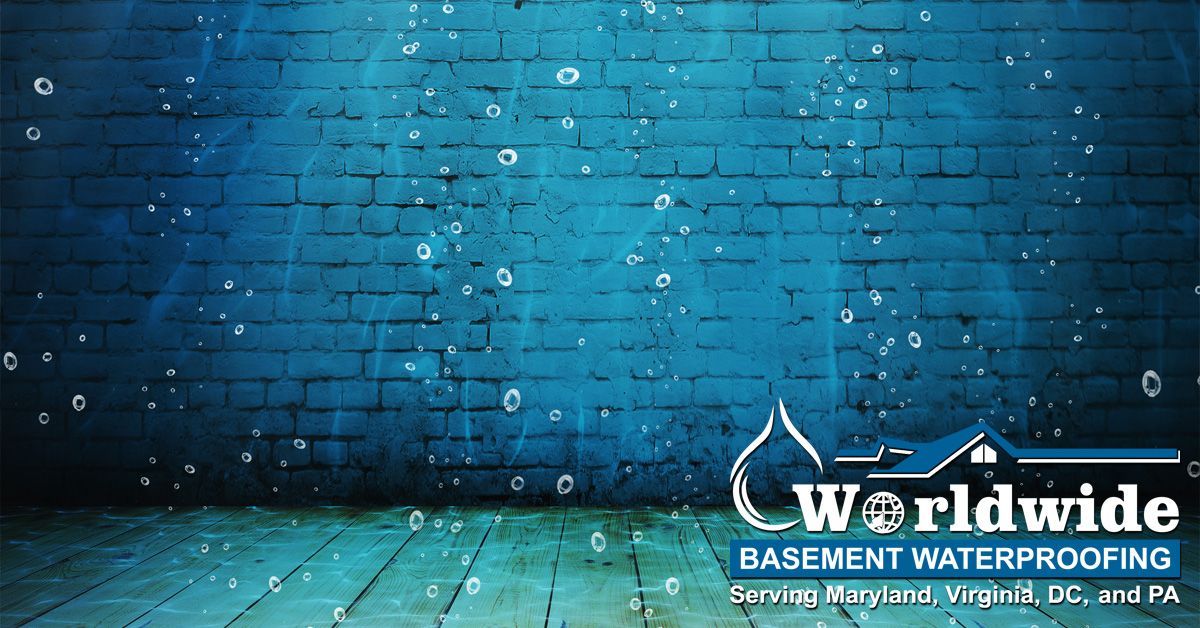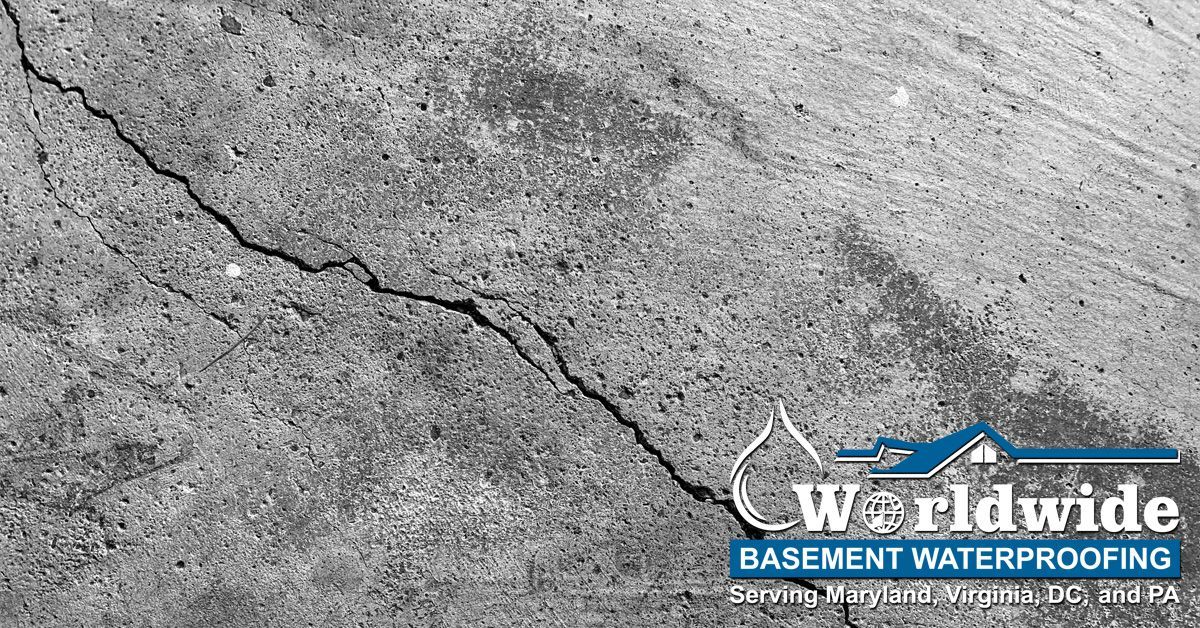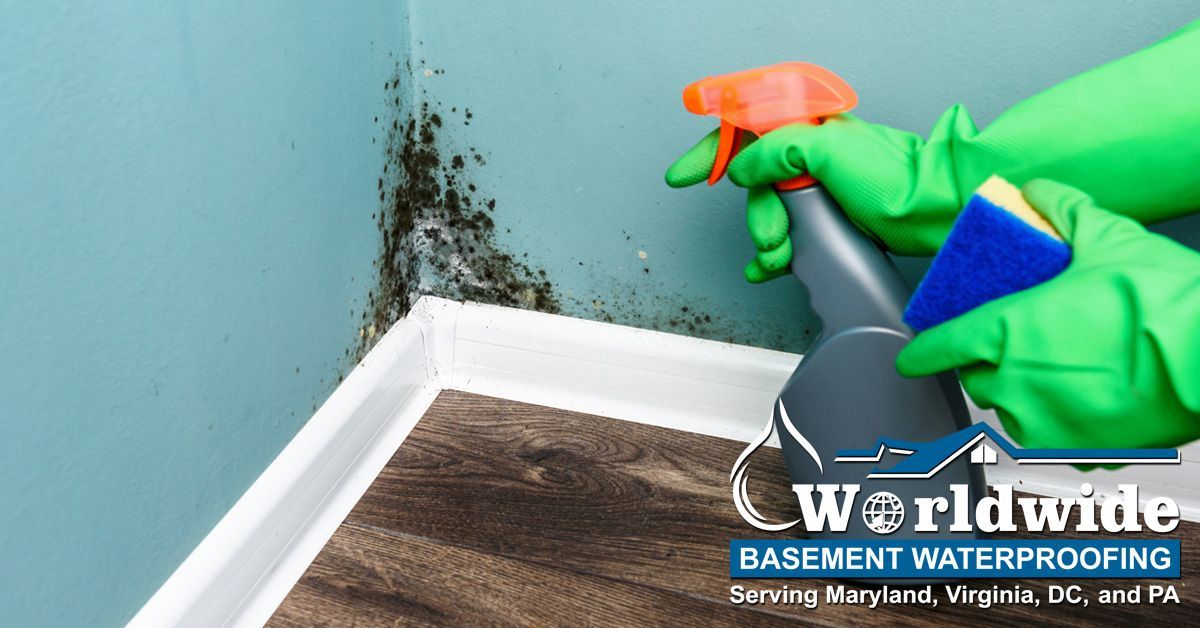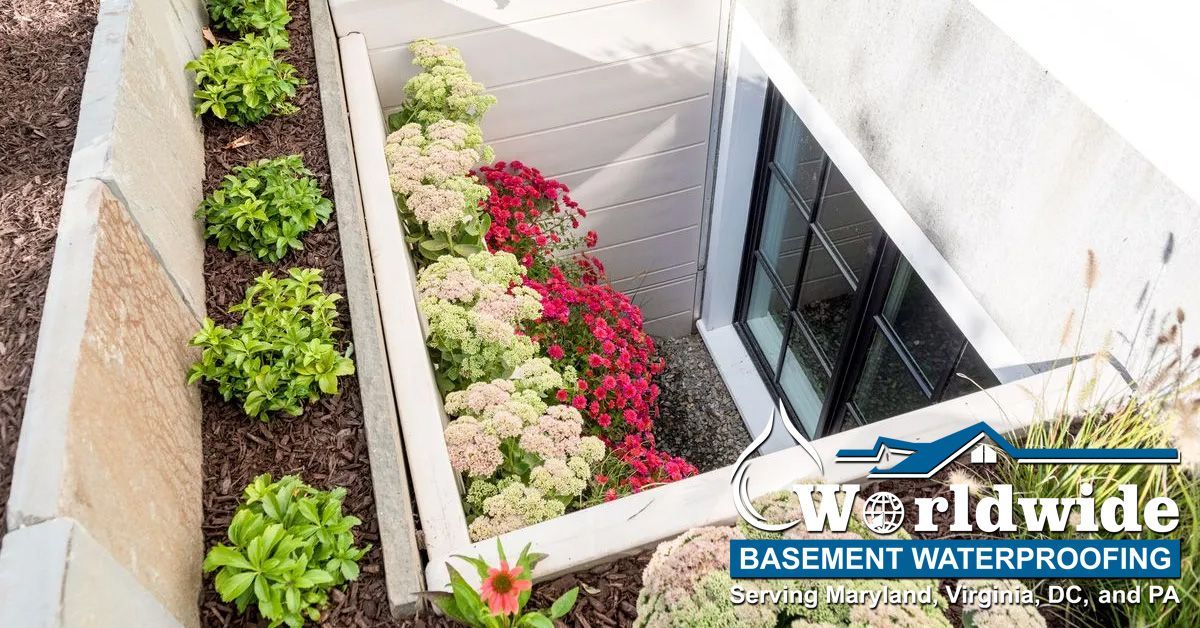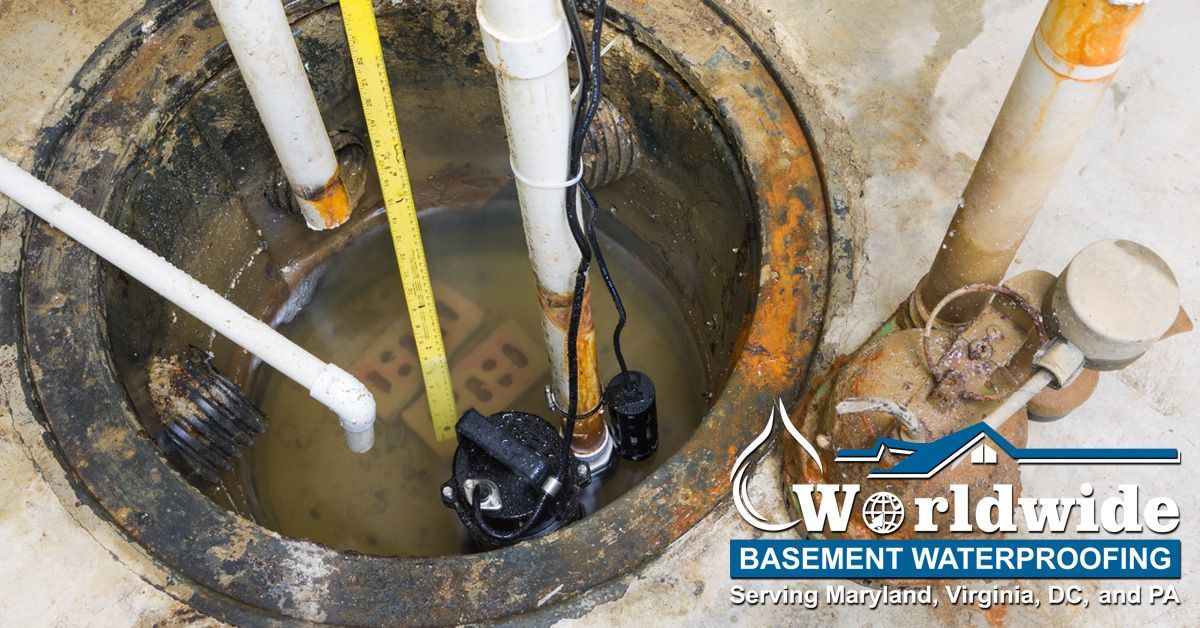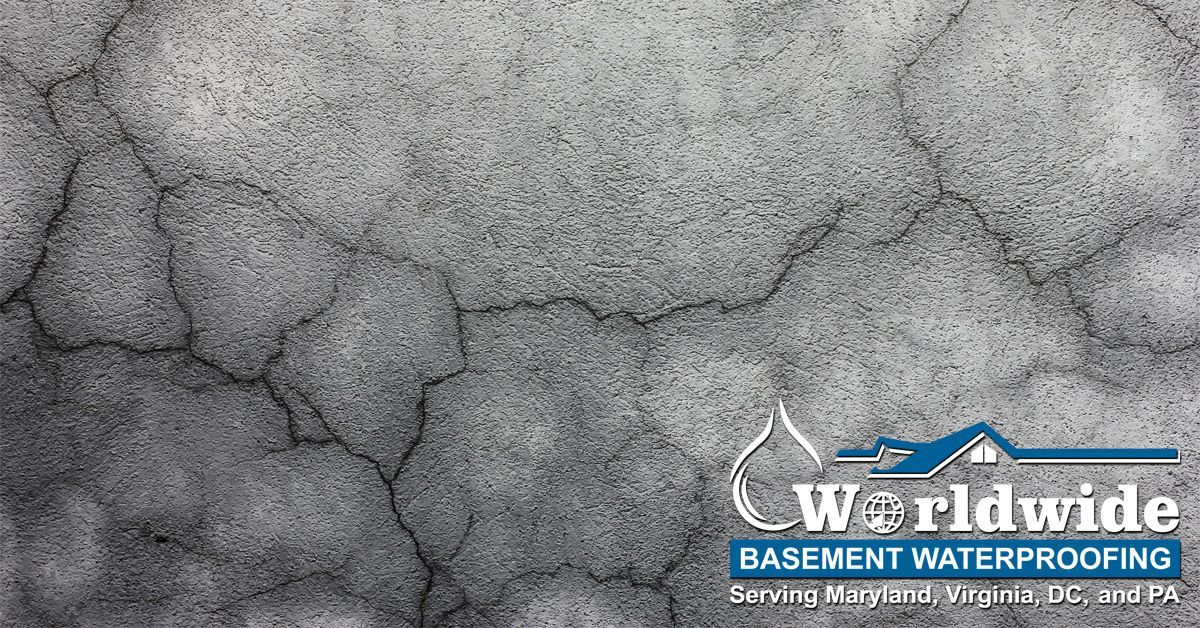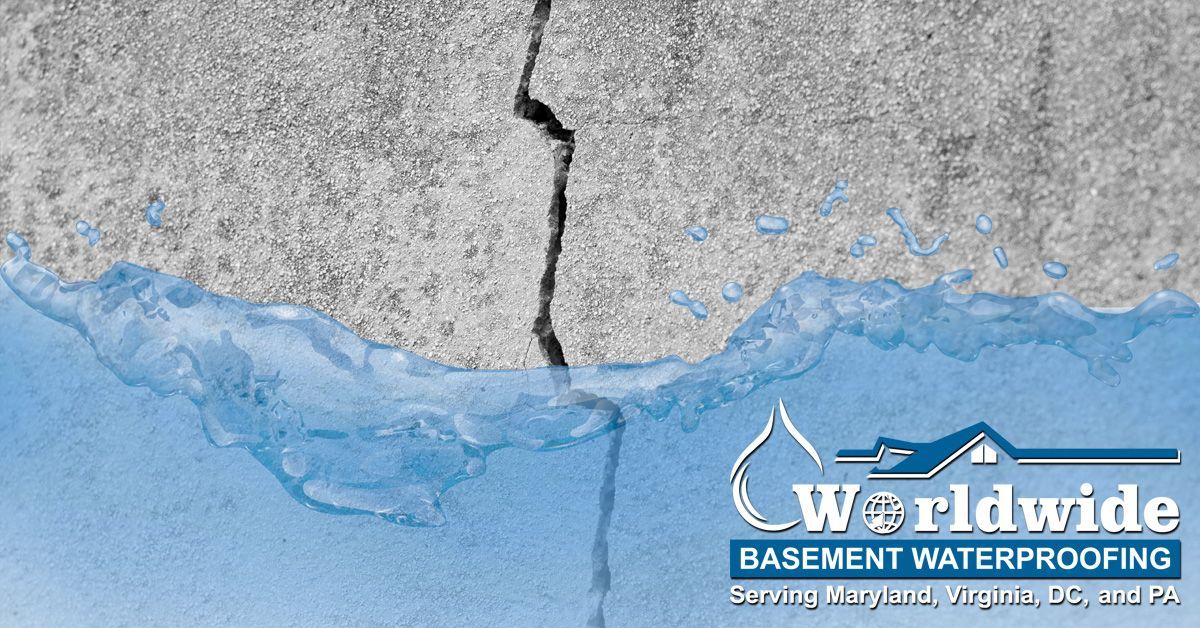Why is Your Basement Humid?
Hibu Websites • December 31, 2020
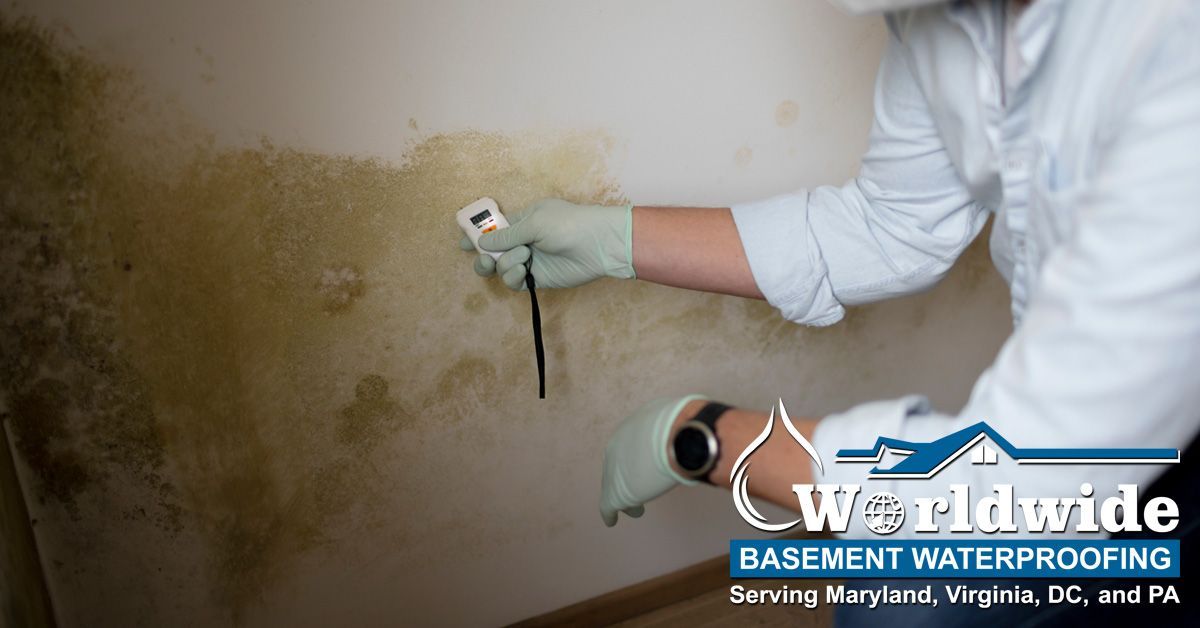
We all know that feeling. That thick, sweaty, uncomfortable feeling of a humid basement. If you walk into your basement and you get that humid feeling, it may be too high. The reason for this is because concrete basement walls are porous and if the soil surrounding your home is saturated with water, pressure builds which can result in a weakening in the integrity of your walls.
This force is called hydrostatic pressure, which results in moisture infiltrating the basement. If you notice dampness in your basement or if the walls feel clammy, you may want to invest in a dehumidifier while you troubleshoot the outdoor issues causing your humidity problems with drainage techniques.
Make sure you have Proper Grading
When constructing a new home, the land is usually graded so that it slopes away from the foundation which helps the moisture away from your home. Unfortunately, over time, erosion and soil compaction can alter the grading and make it less effective. It can actually begin to slope towards the house and the foundation. If this is your case you should make sure to act on it as soon as possible. You can fill in the surrounding dirt to correct the direction of the grading. In the event that you have improper grading on your concrete slab patio or driveway, you may need to have the concrete replaced. Replacing the surrounding dirt with gravel may also go a long way in reducing the hydrostatic force on your basement walls and improves the drainage conditions in your property.
Exterior Drainage is Important
Using gutters is ideal as they are intended to move the rainwater away from your home. When gutters are clogged, rainwater will start to spill over the edges and drip toward your foundations. Make sure your gutters empty three feet from your foundation. If this doesn’t happen, try attaching gutter extensions so the water moves farther away from your home.
Landscaping too close to your home can create drainage problems. Make sure your plants are at least two feet from your foundations so that while you water your plants you’re not saturating your foundation with water. Using these tips do what you can to protect your foundation from water damage. If you start noticing issues like stair-step cracks in walls, or mildew and mold growth between cinder blocks, it might be a good idea to contact a trusted, licensed professional to inspect your home for water damage.
Worldwide Waterproofing and Foundation Repair is here to help! Our professional inspectors and technicians will make sure your home is safe from water damage. Call today!
Do You Need a Free Evaluation?
Worldwide is by Your Side!
Call (410) 553-5801 Today!
(or fill out the form below)
Contact Us
Waterproofing and Foundation Repair Blog

As winter approaches it’s important to prepare for the damage winter storms and the generally cold weather can have on the structure of your home. Freezing temperatures and winter rainfall can damage your home’s foundation and cause persistent issues. Do what you can to get ahead of the winter storms and prevent any issues from getting worse.
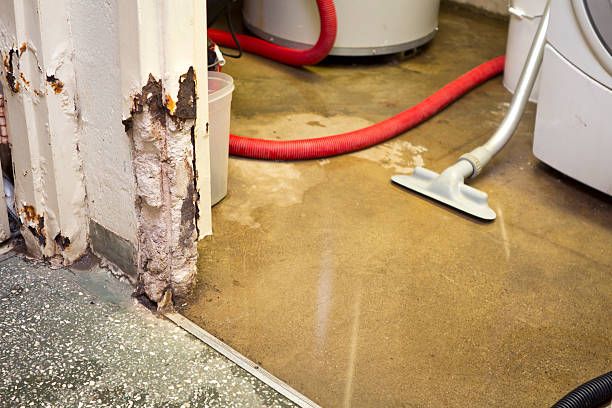
Most homeowners are terrified of a basement flood, and it’s no wonder why. A flooded basement is one of the worst things that can happen to a home. A flood means replacing ruined items, repairing water damage, getting rid of residue water, and remedying any potential mold outbreaks. Mold outbreaks shouldn’t be underestimated since they can be very damaging to your home and your family’s health. For that reason, it’s important to know how to deal with an outbreak. You will find some useful tips below.
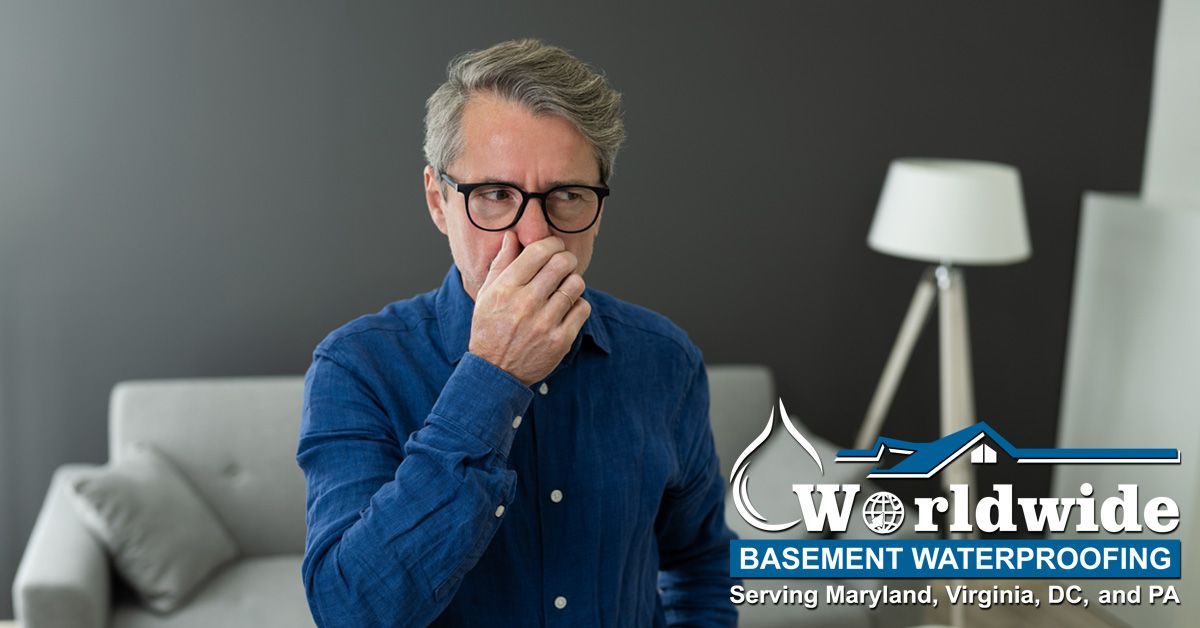
Home’s are where we build our lives, house our loved ones, and make memories that last a lifetime. As a homeowner, we know you want to do everything you can to protect the home you cherish. In order to properly protect your property, you should be aware of hydrostatic pressure because it can damage a home’s foundation if not addressed. Keep reading for information on what hydrostatic pressure is, and what you can do to prevent any damage to your home’s foundation.

